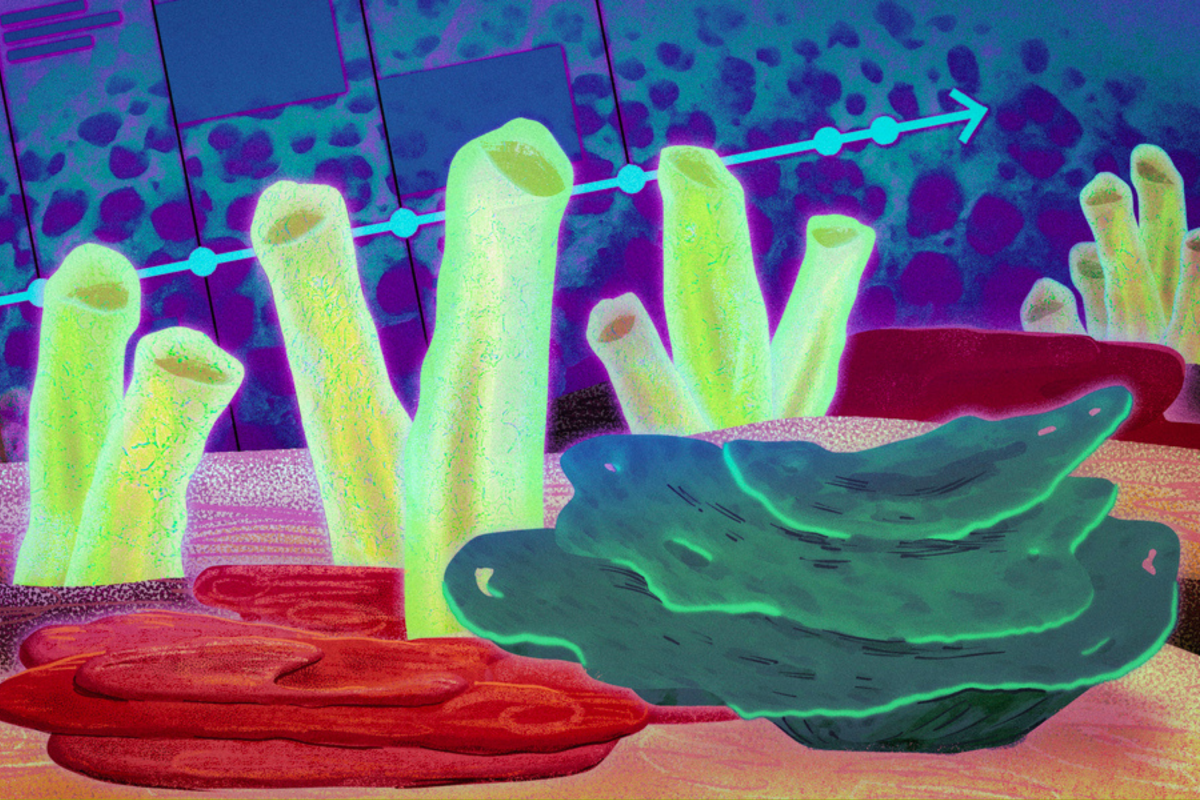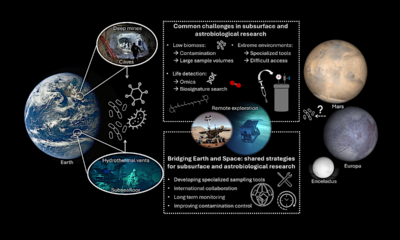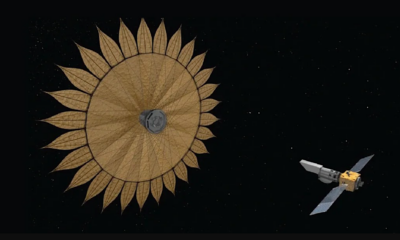Science
Researchers Uncover Evidence of Earth’s Earliest Animals

Researchers from the Massachusetts Institute of Technology (MIT) have made a groundbreaking discovery that could reshape our understanding of the origins of life on Earth. They have identified chemical fossils that date back more than 541 million years, suggesting the presence of some of the planet’s earliest animals during the Cambrian Period.
The findings, published in the journal *Nature*, indicate that these ancient organisms may have played a crucial role in the development of complex life forms. The research team utilized advanced chemical analysis techniques to examine sediment samples from the geological record, revealing organic compounds that are characteristic of early animal life.
Significance of the Discovery
This revelation not only provides insight into the timeline of animal evolution but also highlights the conditions that may have allowed for the emergence of multicellular life. The Cambrian Period is known for the “Cambrian Explosion,” a time when a variety of life forms rapidly diversified. The presence of these chemical fossils suggests that the groundwork for this explosion may have begun much earlier than previously thought.
According to the lead researcher, Professor David P. McCay, the study offers a new perspective on how early ecosystems functioned. “Our findings indicate that primitive animals were already influencing their environment and interacting with one another,” he stated. This interaction could have contributed to the evolutionary pressures that led to the diversity of species seen in subsequent geological periods.
Future Research Directions
The implications of this discovery extend beyond understanding the past. Researchers are keen to explore how these early life forms might inform current scientific inquiries into evolutionary biology and the potential for life on other planets. Understanding the biochemical pathways that led to the development of these organisms could also have contemporary applications in biotechnology and environmental science.
As scientists continue to analyze the data, they aim to uncover more about the specific characteristics and behaviors of these ancient creatures. This may involve additional fieldwork in regions rich in geological history, where similar chemical signatures can be detected.
In conclusion, the research conducted by MIT not only sheds light on a pivotal moment in Earth’s history but also opens the door to further exploration of life’s beginnings. As we piece together the puzzle of our planet’s past, the discovery of these early animals reinforces the idea that life is a complex and interconnected web, evolving over millions of years.
-

 Technology5 months ago
Technology5 months agoDiscover the Top 10 Calorie Counting Apps of 2025
-

 Technology3 weeks ago
Technology3 weeks agoOpenAI to Implement Age Verification for ChatGPT by December 2025
-

 Health3 months ago
Health3 months agoBella Hadid Shares Health Update After Treatment for Lyme Disease
-

 Health4 months ago
Health4 months agoAnalysts Project Stronger Growth for Apple’s iPhone 17 Lineup
-

 Health4 months ago
Health4 months agoErin Bates Shares Recovery Update Following Sepsis Complications
-

 Technology5 months ago
Technology5 months agoDiscover How to Reverse Image Search Using ChatGPT Effortlessly
-

 Technology3 months ago
Technology3 months agoElectric Moto Influencer Surronster Arrested in Tijuana
-

 Technology5 months ago
Technology5 months agoMeta Initiates $60B AI Data Center Expansion, Starting in Ohio
-

 Technology2 months ago
Technology2 months agoDiscover 2025’s Top GPUs for Exceptional 4K Gaming Performance
-

 Technology5 months ago
Technology5 months agoRecovering a Suspended TikTok Account: A Step-by-Step Guide
-

 Health5 months ago
Health5 months agoTested: Rab Firewall Mountain Jacket Survives Harsh Conditions
-

 Lifestyle5 months ago
Lifestyle5 months agoBelton Family Reunites After Daughter Survives Hill Country Floods





















